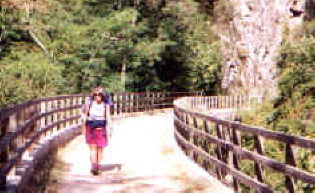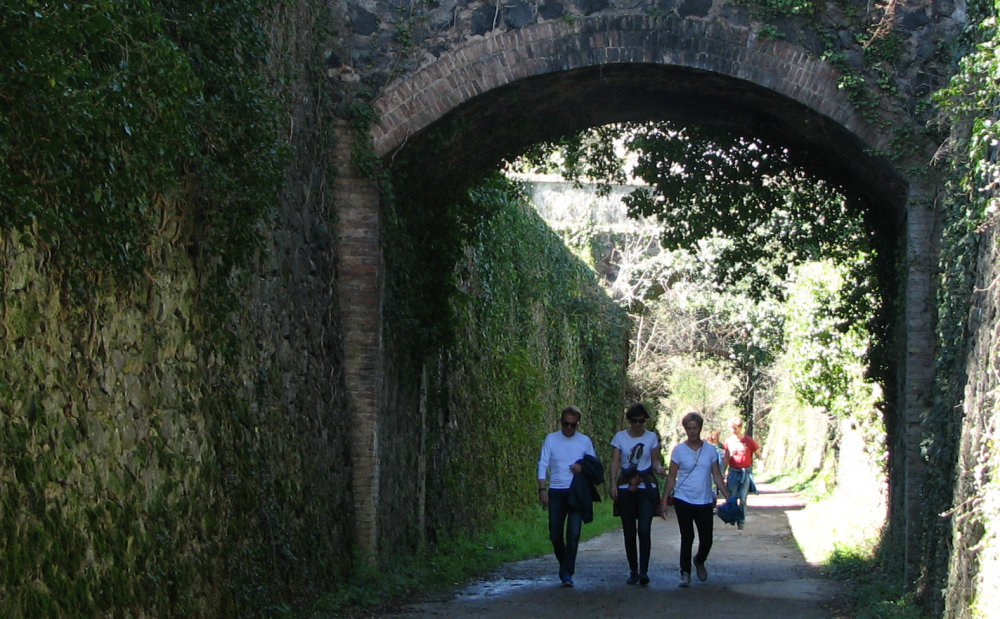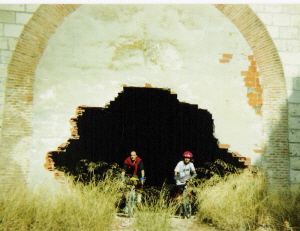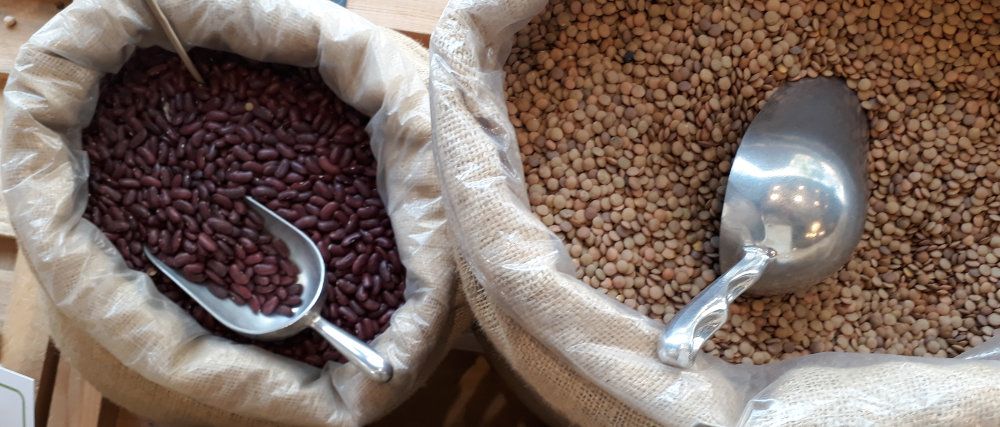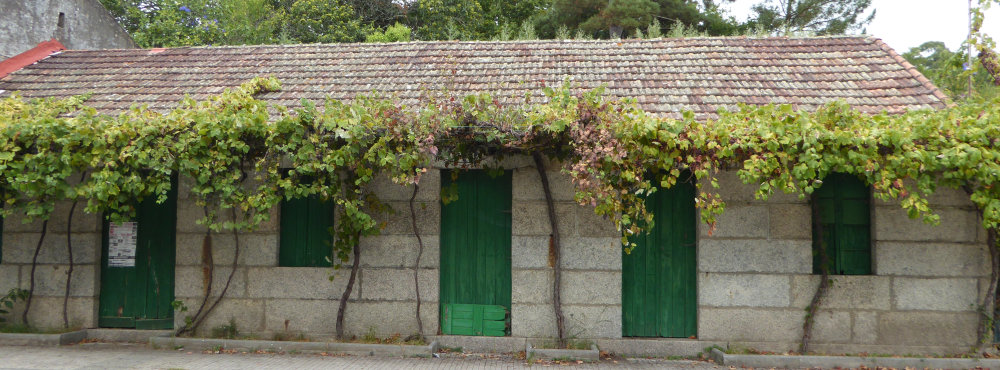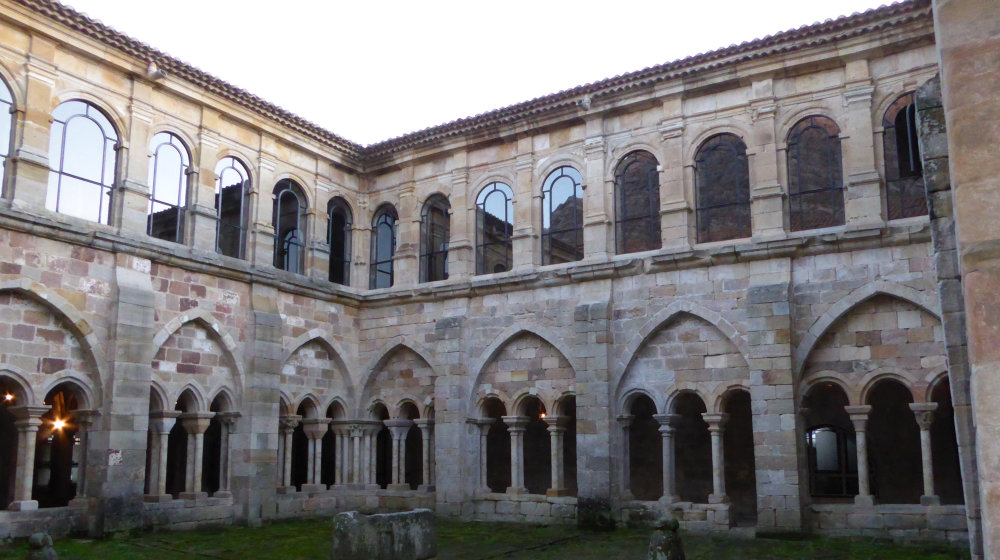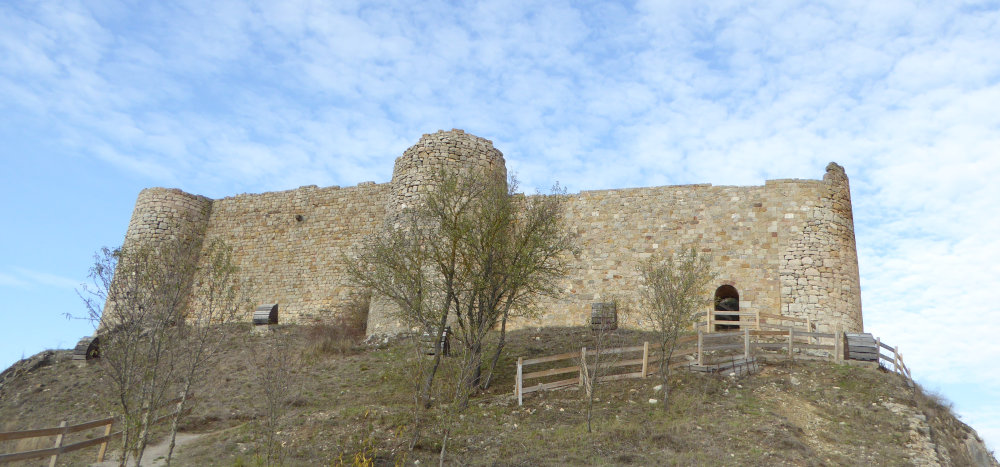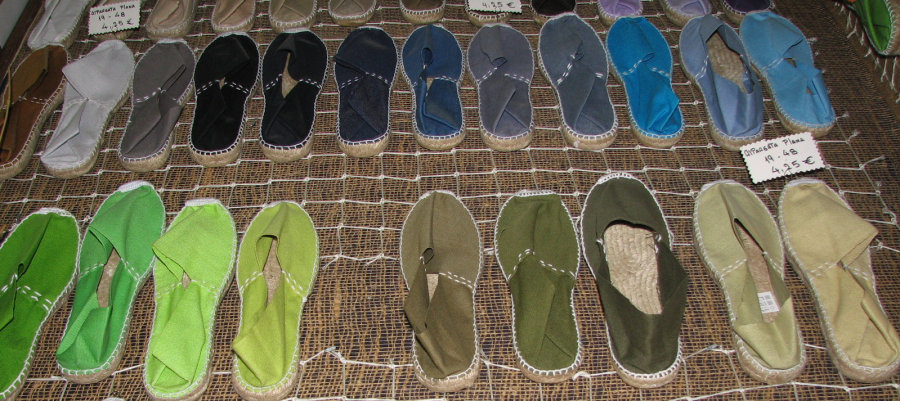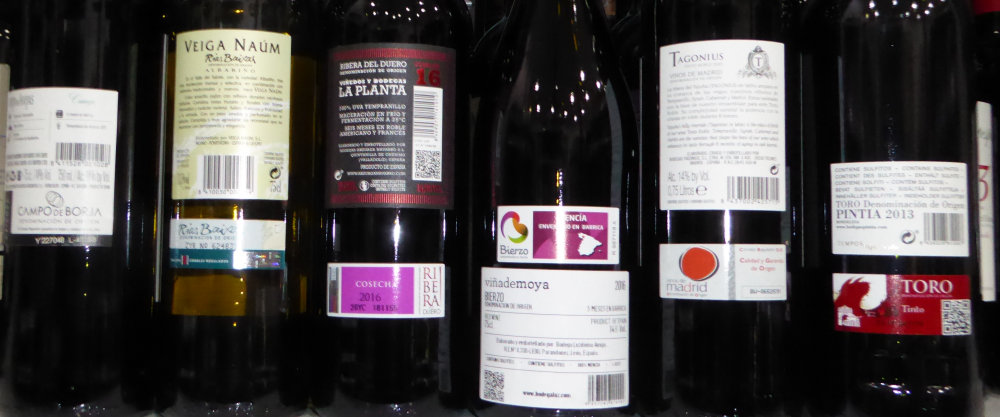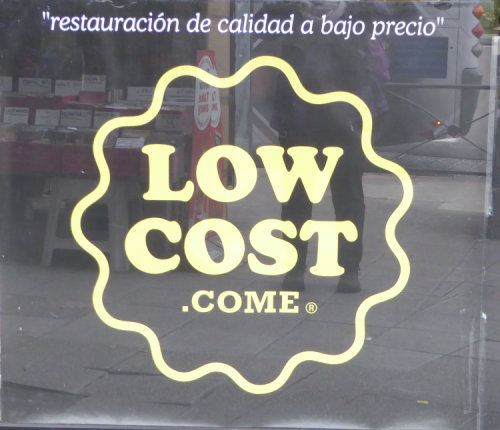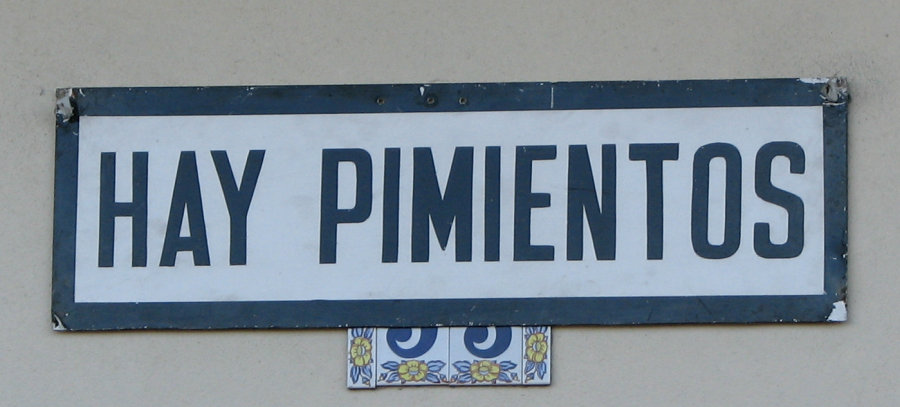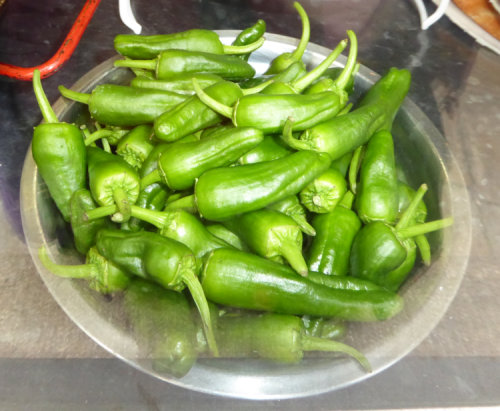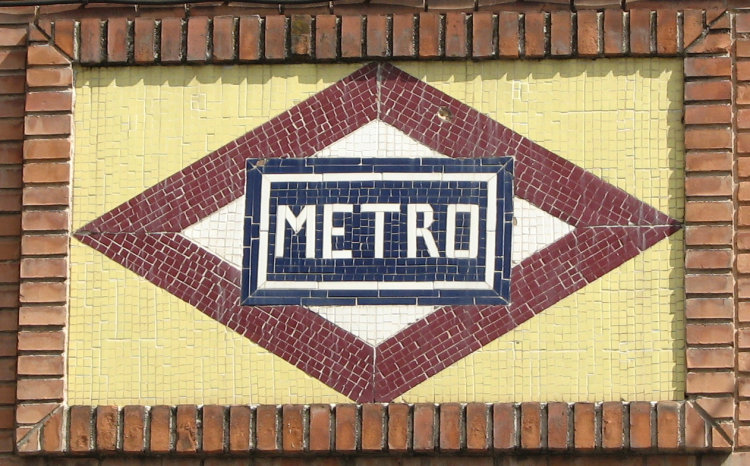
Balcony banner: We’re going to get through this. #I’m staying at home
Life in the Time of Covid-19
This is a personal account about Spain’s experience spring-summer 2020 with the COVID-19 virus. As such, there are some personal stories, some opinion, and yes, some politics, though a lot of this is hard news with some minor interpretation. No apologies for the opinions or politics and please do not bother refuting here or on Facebook; I’m not starting an argument (dialogue always ok if respectful), just reporting what I saw and felt.
Yes, it’s long. Feel free to scroll / skip around. Some of you know this story from having experienced firsthand, or having read my posts during lockdown.
The onset
Spain’s first detected case of COVID-19 was January 31 on island of La Gomera, a German tourist who most likely was infected in Germany before arrival. Nine days later there was another case on Balearic island of Mallorca, another tourist. Late in February the first cases were detected on the mainland (Madrid, Valencia and Catalonia).
It’s hard if not impossible to find patient “zero”, but some of the first mainland cases in Spain are probably connected to a soccer game between a Spanish team from Valencia and an Italian team from Bérgamo . That game was played in Milan mid-February, with around 40,000 Italian fans and 2,500 Spanish fans. Late in February there were several other soccer games in large stadiums and the traditional weeklong art fair (ARCO), with 93,000 visitors, many international. Then the weekend of March 7-8 saw more soccer games, a political rally for the newish far-right political party VOX, and the traditional Women’s Day demonstration-celebration. And in Madrid, a traditional and traditionally crowded farmers’ market on Saturday, with a lot of close contact and sharing yummy food.
All of those events were before the virus really became visible in Spain and all those events probably contributed to the spread of the virus. But with what we know now, it’s quite possible that the virus was circulating undetected, even before the first cases, and for sure before numbers exploded in later March.
Some politics (you can definitely skip this if not interested)
Quick summary on Spain’s political spectrum, since there are some implications for the virus management.
Spain has two big country-wide parties, the Partido Socialista Obrero Español (PSOE Spanish Socialist Workers’ Party, social-democrat, center to mid-left) and the Partido Popular (PP, Popular Party, starts right of center and goes a little farther right than mid-right). Both parties have had their share of fraud, mismanagement and in-party fighting, the PP issues are more recent.
There are three other major country-wide parties: left of the PSOE is Unidos Podemos (UP, United We Can), a newish coalition of an older coalition and the newish party Podemos that started ok but went south after party infighting and mismanagement. Squeezed between the PSOE and the PP is another newish party Ciudadanos (CC, Citizens) which overlaps both parties a little and does some swing voting; they grew quickly with previous voters from both parties, but lost a lot of votes in the last election due to some bad decisions. On the far (far, far) right of the spectrum is Vox (sort of like Voice), the newest party which I cannot even write about without some anxiety.
There are also a fair number of regional parties that do not have a lot of support outside their regions, spread across the political spectrum, and aligning when and where their interests lie.
Currently Spain’s government is a center – left coalition, made up of PSOE, UP and some regional parties, with PP and Voz firmly in the opposition and CC often but not always in the opposition. It’s a coalition government because with so many parties, now the only way to have a big enough majority to elect the Prime Minister (done in Congress after the popular vote) is usually to form a coalition with several parties; the current coalition was formed early in 2020 after prolonged wrangling behind closed doors. Spain’s Prime Minister (head of government) is Pedro Sanchez from the PSOE. Spain is a a Constitutional Monarchy, so King (Felipe VI) has no real political power but signs laws into effect.
State of Alarm
The Spanish Constitution (approved by referendum in 1978) sets out rules for different States of Exception, including the State of Alarm (SoA). The SoA is declared by the Prime Minister, must be approved by Congress and can only be for 14 days, extensible for same period with renewed approval of Congress. Spain’s first SoA started March 14 (see Errors for some comments on timing of this). It was pretty clear that the SoA would be declared from early in that week – schools closed different days depending on region, but generally before actual SoA, Madrid schools closed March 11. I tried to go to the gym on March 12, entrance and what I could see was unusually empty, people at front desk told me they were waiting for confirmation but they most likely would have to close that same day, perhaps within a few hours, dependent on news in official state bulletin.
The SoA (which we all called the lockdown or encierro/enclosure) was quite strict: we could only leave our homes to buy food or medicine or to go to the doctor. Dog owners could walk their dogs, but not excessively; joke was that people borrowed dogs from friends to have excuse to go out, though that may not have really happened. Theoretically we were supposed to food-shop at places closest to our homes, though surely I was not the only person going farther away just to get some exercise. Unlike other countries with lockdowns, we did not have any option for walking for exercise until early May.
And yes, the lockdown was fairly well enforced. For someone like me who remembers the extreme police presence of immediately post-Franco Spain, it was really disconcerting to see so many police in the street. And yes, I had a personal encounter with the police, having ventured to a market some distance from my apartment looking for unusual vegetables unavailable in my neighborhood (celeriac and sunchokes, if you’re curious). My market mission was unsuccessful, and I was headed up an absolutely empty Gran Via (main shopping street in center city, usually crowded) towards a big supermarket when two police stopped me and asked nicely if I was aware of the current mobility restrictions. Equally nicely I said that I was on a quest for a strange vegetable to boost immune system and now on my way to the supermarket, they asked where I live, asked to see my ID and let me go. They could have fined me since I was a little too far from my home, but between my age, gender, not-Spanish nationality and politeness they didn’t. And yes, channeling my mother, I thanked them before we parted ways (although did not use the “time and talent” phrase that she liked to use. That would have been over the top, the thank you surprised them enough).
My other almost-encounter was less direct but more scary. Early in our lockdown I left to go shopping, and saw two people in full haz-mat suits at the door of building next to mine, with several police nearby and two ambulances on the nearest cross-street (my street is pedestrian). When I came back from shopping, ambulances and haz-mat people were gone, but there were two police still at the door of the other building. They kept their eye on me until I unlocked my downstairs door. I did wonder if they would have stopped me from walking past the door of the other building, if I had been going that way.
Any kind of shopping was quite an adventure. The only stores open for first months were grocery stores; store selling office supplies; cell phone/supplies stores; cleaning supplies stores; and (get this) alcohol, as in wine, beer, gin, etc. Oh, and pastry shops / bakeries and some sweet-and-salties shops (snackies being necessities in time of lockdown, ya’know). All stores controlled number of people inside, so we had to line up everywhere to wait our turn to go in, sanitize hands and usually put on single-use gloves. Checkout lines had (and still have) lines on the floor to help people keep proper distance.
During this initial time, masks were not officially required though that changed fairly soon to being obligatory anywhere public indoors, soon extended to on public transportation and anywhere public where personal distance could not be maintained. I made my own masks fairly early on; Madrid health service gave everyone a nice KN95 style mask (the kind with shaped front), and also a surgical mask, which was distributed by local police outside train stations early in May when masks became required on public transportation.
While stuck at home, many of us started following an 8 PM ritual: standing on our balconies to clap in thanks, especially for health care workers but also for other essential workers risking their health and even their lives to take care of the ill and keep society moving (bus drivers. cashiers. cleaners. and a lot more). That started early on, and continued daily until well into May or early June. My balconies are onto a big patio; I was one of the regular “clappers”, and ended up with a waving relationship with other people looking onto the patio. (Some weeks after we stopped clapping, I connected with the most frequent clapper across the way: she wrote her cell number in big numbers on a big notepad, I texted her and we went out for coffee.) As a counterpart to the clapping, the opposition parties called for a daily pan-banging at 9 PM: standing on the balcony and bang a pan with a spoon in protest for the government’s virus management (according to them). This was not followed in my neighborhood, I think there was one person a street over on maybe two nights, while the clapping (and cheering) was enthusiastic and weeks-long. Other friends and acquaintances tell me that pan-banging was more frequent than clapping in their neighborhoods.
Our lockdown was super tight until late April. First group liberated were kids under 14 years old, who could go out for an hour a day for a walk after April 27 – though theoretically only with one parent, and not to play with friends. (anyway, all kid stuff taped off and parks closed). Next groups liberated: May 2 was the day HOORAY! We all got some freedom for exercise, though in slots of time and theoretically limited in distance to one kilometer from home for walking, though “sports” had no limits, so of course my power-walking became a sport and I never got stopped. (didn’t go too far out of my area, anyway). Parks were closed which placed some serious limitations on were to walk and together with time slots even created crowding, at least in the places I was walking. I usually walked 7.45-8AM to 10AM or a little later – technically my slot ended at 10AM (10-12 AM for over 70’s), but I usually used walking as prelude to any shopping, for necessities real or imagined – never has my pantry been so well-stocked! I went out after 8pm several times – that was other time slot for my age group – but it was really crowded, lots of people standing on corners socializing, understandable but probably risky. So I rarely went out in that time slot.
The State of Alarm was renewed seven times times, each time with Congress’ approval. The last two renewals were especially problematic, with opposition from PP and Vox. If I remember correctly, both times CC voted for the extension. The State of Alarm ended on June 20, after more than three months of lockdown.
The last weeks of the SoA were the “de-escalation”, four two-week periods gradually loosening the lockdown, with parameters for moving from level 0 through levels to level 3: that was May 11 to June 20. The parameters for changing from one level to another included amount of contagion in a health-region, number of total hospital beds available, number of ICU beds available, level of testing, level of primary care. The two-week period for each level was to match the maximum incubation period, to be able to evaluate effects of increased mobility on contagion. Still under SoA, the decisions for allowing regions to move between levels were still being made at central government. If I remember correctly, at level 3 some of the health decisions returned to local health-region.
Since regions had different situations, parts of Spain where at different levels: lower-contagion Galicia and the two island provinces skipped level 0, going directly to level 1. Madrid and other areas stayed at level 0 longer; Madrid was still in level 2 at the end of lockdown so we went directly into the New Normal from level 2, with no intermediate level 3. Each level had gradually more movement allowed, regulating what kind of establishments could open and at what capacity: outdoor cafés were among the first to open (yay!), though indoor restaurants not until a later level, and in both cases with lower-than-normal capacity and strict-ish table distancing regulations.
Madrid entered phase 0 on May 11. That more or less was the end of our super-strict lockdown. We could go out for exercise without restrictions on time, though still could not leave our city / town. That was in later phase, though between one thing and another, I did not leave Madrid until mid-July. Yes, had my first social encounter early in phase 0 (coffee in Santa Ana square, people-watching and checking out waiters fulfilling new table wipe-down rules. People all seemed a little subdued, not usual Madrid vibe. Shortly after that met a different friend for a wine and again, it was different. Usually in Spain you can dawdle over your wine or beer, but with fewer tables available due to new spacing rules, the waiter and clients were glaring at us when we stayed on a bit after second wine. About a month later with same friend we had another wine (Verdejo white, in case you are interested), that time we stayed on and waitstaff was very welcoming, even invited us to a round.
Spain is in the New Normal as of June 21. We’ll see where it goes – actually, we’re already seeing some of the new reality and it isn’t great – yet. Economically it has been huge, especially for hotels, bars, restaurants. Lots of places are closed in Madrid-center, some may not open again, others may open in September when locals come back from vacation and the bar/hotel/restaurant furlough period ends. Small stores seem less busy; I was looking in a shop window and the shopkeeper called out a greeting to come on in to his empty shop, which has never happened to me in the past. I haven’t been to the big stores in central Madrid (department store nor my beloved FNAC books and music nor Decathlon sports store) so cannot evaluate how they’re doing, but my general feeling is that a lot of people are still hunkering down, evaluating what they have, what they need, what money they have, where in the past at least some of those places benefited from a fair amount of retail therapy, where now people are thinking more, whether from economics or from a mindset shift from the lockdown, which seems to have happened for a fair number of people. (a lot of us are still feeling fragile, and from comments of people online that is not just here in Spain).
Other comments.
Communication with citizens
One thing I really noticed in the management of COVID-19 is the importance of messaging. Health authorities and all levels of government need to work together to give clear, frequent, honest and consistent messages to citizens. The messages need to express the severity of the situation and at the same time emphasize that with everyone working together, the situation will eventually get better. Messages should also include compassion for the numerous and complicated emotional and economic issues of this pandemic. If messaging is absent or off, it’s really hard to get citizens to follow health guidelines.
Spain’s main messenger was rather atypical: epidemiologist Fernando Simon is never seen in a suit and tie, frequently has messy hair and carries a backpack instead of a briefcase; the public has learned that he goes to work on a motorcycle and de-stresses with surfing or technical rock climbing. As unconventional a messenger as he is, his curriculum is impressive and his messaging must have been fabulous both in delivery and information shared, because he went from unknown to literally having a large fan club and his face on tee-shirts (when queried about that, he suggested that some of the profit go to a NGO). I don’t watch TV so only saw a few videos and can say personally that I’d be more likely to trust a message from someone like Fernando Simon than from most suits. Though yes, I am making an exception for Dr. Anthony Fauci, for whom I have a very high respect, even if he can’t pitch a baseball.
The errors
Like other countries, Spain’s government was a little slow setting out restrictions at the start of the pandemic. That is understandable: calling for restrictions is complicated both politically and economically, and it was hard to evaluate and really believe the impact the virus would have. Nevertheless, it’s clear that if the State of Alarm had been called just a week earlier, the situation would have been very different. Another error was closing schools several days before State of Alarm was called, giving kids two play days with friends, and giving families time to head to vacation homes. Both those situations probably helped spread the virus.
There have been questions about the length of the State of Alarm and about the parameters and timing of the de-escalation; the complaints were mainly from the opposition parties who wanted a faster un-winding, but also from some regions where contagion was lower, where they also wanted to get back to “normal” more quickly.
Spain’s Prime Minister Pedro Sanchez (PSOE) has publicly admitted to having made some mistakes – that kind of admission is rather rare for politicians. The opposition parties (PP and Vox) have criticized the government’s virus strategy, though they have not had a lot of really good alternative suggestions. Pedro Sanchez has asked the opposition to hold their criticism until the health crisis is closer to a solution.
At the end of July, the leader of far-right party VOX (Santiago Abascal) announced in Congress that in September he would present a vote of no-confidence against Prime Minister Pedro Sanchez, because it is important to “return the voice to the Spanish people”, calling Sanchez’ government illegitimate, and calling on the PP to support the censure (for now, the PP has said no). Sanchez’s ironic reply was to ask Abascal that if it was so important why wait? Or was he (Abascal) going on vacation in August?
Where now, early August 2020?
COVID-19 is going to be around for a while, probably a long while, even if we get a vaccine relatively soon, which is not 100% sure.
So…… to stop the virus spread, we all need to think personal responsibility and social responsibility, following health guidelines to stay safe ourselves, and to not endanger other people should we be or become infected. Yes, at very least that means masks, personal distance, lots of hand-washing, avoid face-touching, avoid touching surfaces outside your safe-zone (your home), sanitize high-touch areas in your home if you or others have been out.
But it also means evaluating risks and making good decisions. There are a multitude of charts to help you evaluate risks of different activities, but it’s easier than that. Indoors is higher risk than outdoors. More than 15 minutes encounter with a person at close proximity is a risk. Eating, drinking, talking, singing in close proximity is a risk. The last two are especially risky without masks. Alas, a lot of the recent contagion in Spain has been through social contacts: parties, family meals, bars, etc, which seems to indicate that some people are not making great decisions.
So where is travel on the risk spectrum? Yeah, this is especially important for me. My favorite kind of travel is walking and hiking, so as outdoors, not too risky. Hotels have new health guidelines, as do albergue pilgrim accomodations on the Camino (Road of St. James). The albergues are usually communal everything so their changes are more complicated and more important than hotels – as such, quite a few albergues have been unable to fulfill guidelines within a reasonable time frame and reasonable cost, so many have not opened yet and may not open this year. Alas, that is especially true for the traditional “donation” albergues that do not charge a fixed amount, rather whatever pilgrims can / want to pay. Which of course means some people who can pay do not, causing ongoing, on-edge finances for these traditional establishments (that dynamic has been going on for years, the new health guidelines make it even more complicated). The other part of travel is transportation: I feel ok on buses and trains in Spain where masks are required. Research shows that planes are not too risky if they are not at capacity, though of course there is a lot of conflicting information from different studies.
New Normal, going forward is not just going back
So now the philosophy. We’re all longing for our PV (pre-virus) life. Hugs, socializing, eating in restaurants, care-free travel, movies and theater and a lot more. It’s hard to even think how casual we were about all those things, just eight months ago.
And yes, a lot of those things will return, between herd immunity and whatever vaccine comes (when it comes). Although a lot of us will probably be at least a little wary for the foreseeable future, even when the virus is more or less under control.
But.
The other part about going forward is contemplating what the virus has shown us about our society and our world. COVID-19 has really taught some lessons about a lot of things: health in general; economic inequality; access to health care; responsibility of governments on all levels to keep citizens informed ; responsibility of government to manage crisis for the health and well-being of their citizens; citizen responsibility to make the right decisions for themselves and for society in general. There have also been questions about climate change and human pressure on natural space creating more situations where virus can jump from animals to human.
Obviously I could go on or go into detail, but other people have already done that better than I can. This is just a reminder that this Great Pause is a huge crisis, an enormous tragedy, but also an opportunity for all of us to think honestly about what the Old Normal was like – not just the good things we miss, but the less-good things that need change. Some of those less-good things are out of our direct control, but at least we can be aware of things that need fixing and change our attitudes, if that will help.
And yes, we need to manage changes going forward, because going back to things obviously wrong or broken is not the way to have a better world.
And yes, those of us living in responsive democracies need to get together and tell our governments, on all levels, what needs to be changed.
